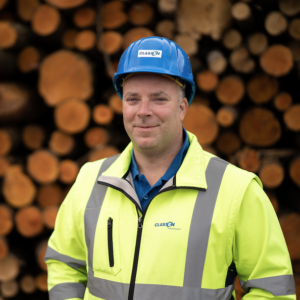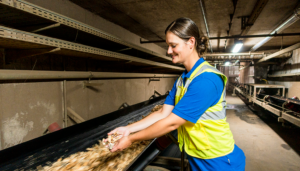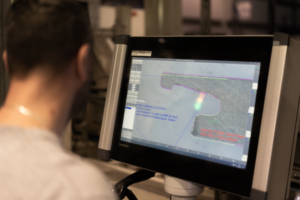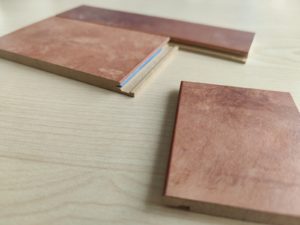The day starts at 5.30 a.m. at our timber reception. By 10 p.m., 160 to 180 trucks arrive daily, bringing us tree trunks and wood chips (already chopped logs). A timber truck is loaded with about 20 to 25 tons of wood. And in an hour, we push the load of about ten trucks through our chipper to debark and chop it directly. So we process about 220 tons of wood per hour.
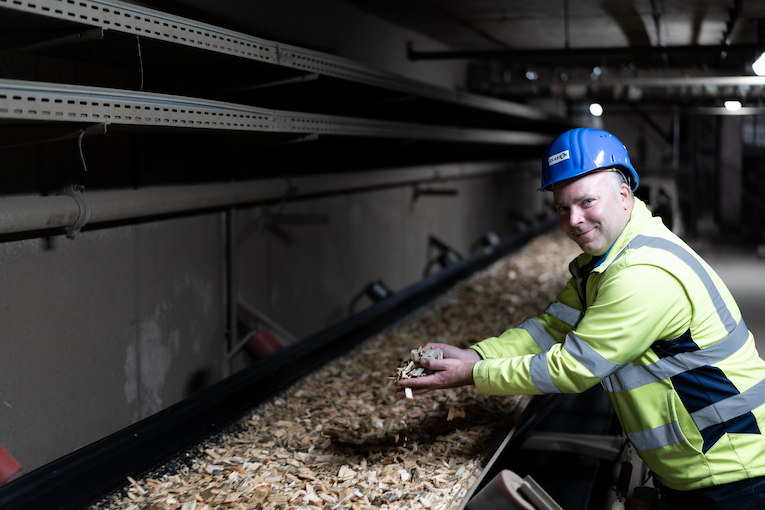
At CLASSEN, we have the largest chipper in Europe in Baruth with an output of 1.6 megawatts. It runs from 6 a.m. to 10 p.m. five days a week. We change the blades once a week and sharpen them in our workshop.
We have a total of three woodlots on our site with a total size of 9 hectares. This is equivalent to the size of almost 13 football pitches. One of them is a winter wood yard for the time when suppliers cannot drive into the forest due to bad weather and we then have to help ourselves from previously established stocks.
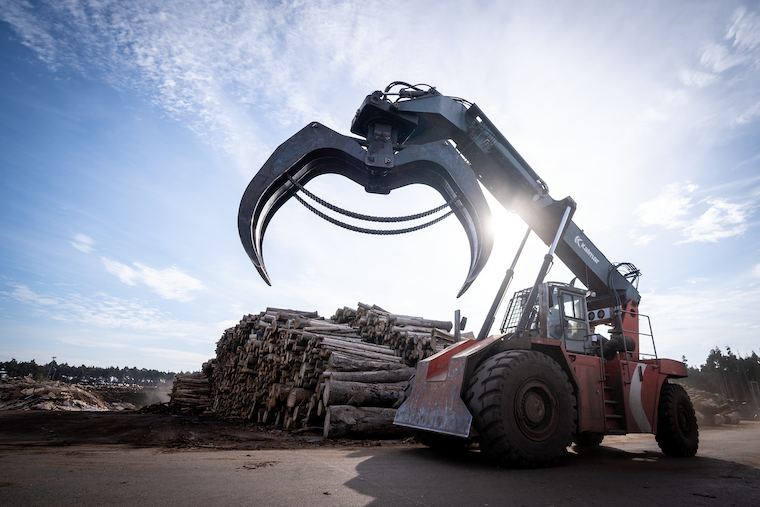
How we determine the weight of wood
Each truck with logs is completely weighed on the truck weighbridge. Samples are taken while still on the scales. This means that one of my colleagues takes twelve sample cuts on different logs and log sections distributed over the entire truck. We take the samples because we want to know how moist the wood is in order to be able to invoice the pure wood mass afterwards, without the water content. The sample taken from a truck is mixed and dried for 24 hours at exactly 104 degrees in the kiln. The sample is then weighed again to determine the difference, which shows the water content. The result is determined from the entire truck and is the basis for billing.
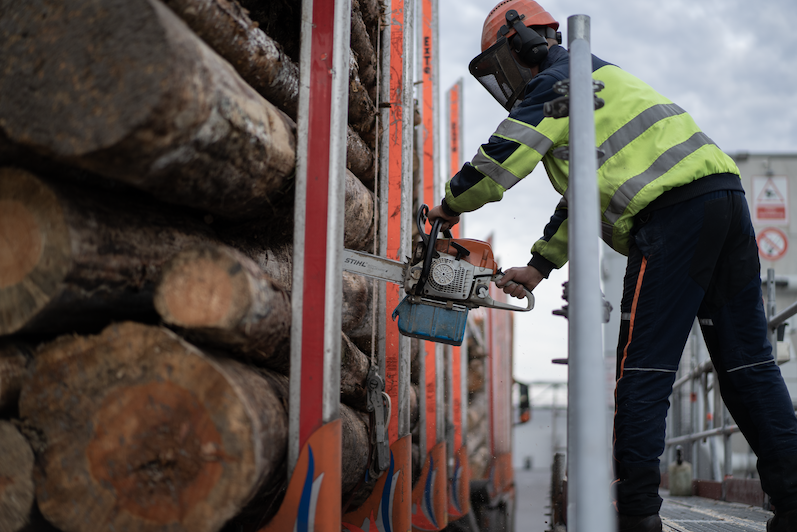
Thus, the growth of the trees slows down because the forest does not receive the required amount of precipitation. The annual rings of trees from the last eight years are often wafer-thin, so you can see that there has been practically very little growth. The years before there were really thick annual rings, we are talking about five to eight millimeters depending on the type of wood, compared to one to three millimeters currently.
What kind of wood we use
In principle, we can take almost all types of wood, but we prefer the pine, spruce and generally deciduous. We mix the wood species during processing in the chipper in such a way that we achieve a high bulk density, which benefits us in the production of the HDF boards (high-density fiberboard as a carrier for the subsequent laminate flooring planks).
The logs come from a radius of about 300 kilometers. We buy in Poland, the Czech Republic and of course from us in the Brandenburg region as well as in the Harz Mountains and Thuringia. This means that the wood has short travel distances. We only buy industrial wood and industrial waste wood (wood that cannot be further processed in the sawmill). It would be a pity to chop up a nice sawable tree trunk to make wood chips out of it. Industrial wood can, of course, also be dead wood or damaged wood, such as we are currently buying from the Harz Mountains and Thuringia. These are, for example, tree trunks that have been badly damaged after a hurricane and infested by the bark beetle. So we mainly use wood that could otherwise no longer be processed into furniture, packaging, construction timber or anything else. But instead of this wood simply being burned up, we give it another long life as an attractive building material HDF board of perhaps 10 or 20 years, making it a sustainable product.
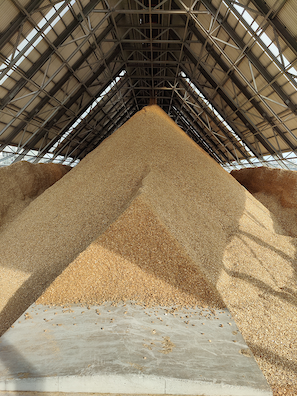
Our gigantic wood chip storage
The capacity of our wood chip storage is 70,000 cubic meters of uncompacted wood, including the spaces between the layered wood. This corresponds to a mass of about 14,000 tons. That is as much as the dome of St. Peter's Basilica in Rome weighs. The gable height of our wood chip storage is 26 meters.
In the further process, these chips are then washed, screened and refined into wood fibers. The refiner is a machine that uses friction between two steel plates to defiber the wood chips like a grain mill. The wood shavings are then dampened with glue and pressed with a lot of heat and pressure to form HDF boards, which finally form the substrate material of CLASSEN's laminate flooring. Anyone who then places our laminate in their living room or workspace can be sure that they have acquired a particularly sustainable wood-based product for many years to come.

